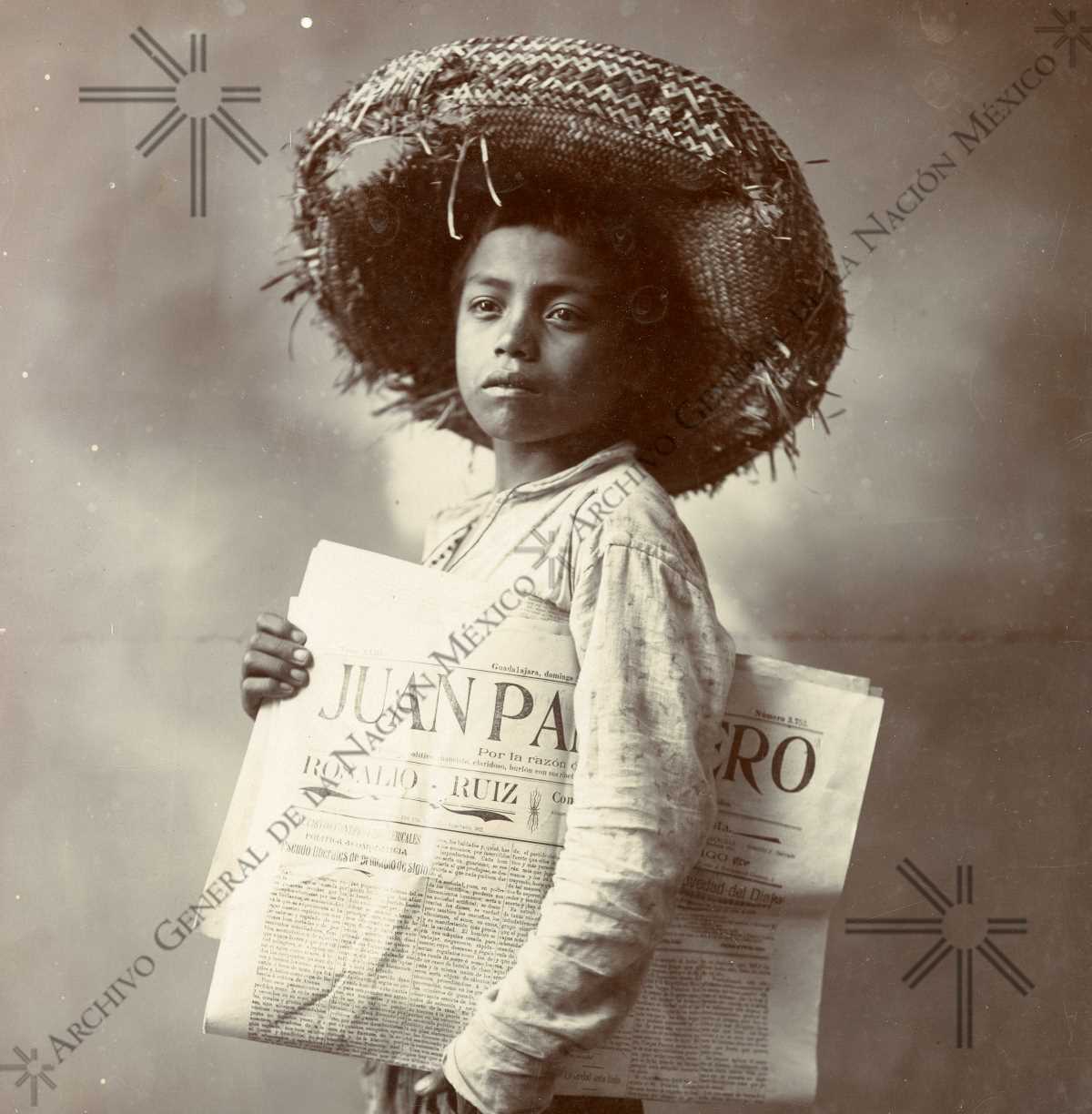How Mexican Newspapers Have Inked Their Way Through History
From the vocal proclamations of pregoneros in colonial squares to today's digital platforms, Mexican journalism has weathered censorship, regime changes, and revolutions to become a cornerstone of the nation's democracy.

In the bustling squares and plazas of colonial New Spain, a figure known as the pregonero would stand, parchment in hand, proclaiming the edicts and news that the authorities of the time wished to disseminate to the people. This tradition, the root of Mexican journalism, predates the invention of the printing press in the country and illustrates a journey that has seen the press evolve, fight censorship, and become an integral part of the country's social fabric.
The game changed in 1539 with the advent of the printing press, which led to the rise of “hojas volantes,” or loose papers. Passed hand-to-hand or strategically posted in public spaces, these papers were often the first to report on a wide range of topics from mining to maritime news. Over time, these evolved into pamphlets and, eventually, gazettes—publications with some semblance of regularity.




